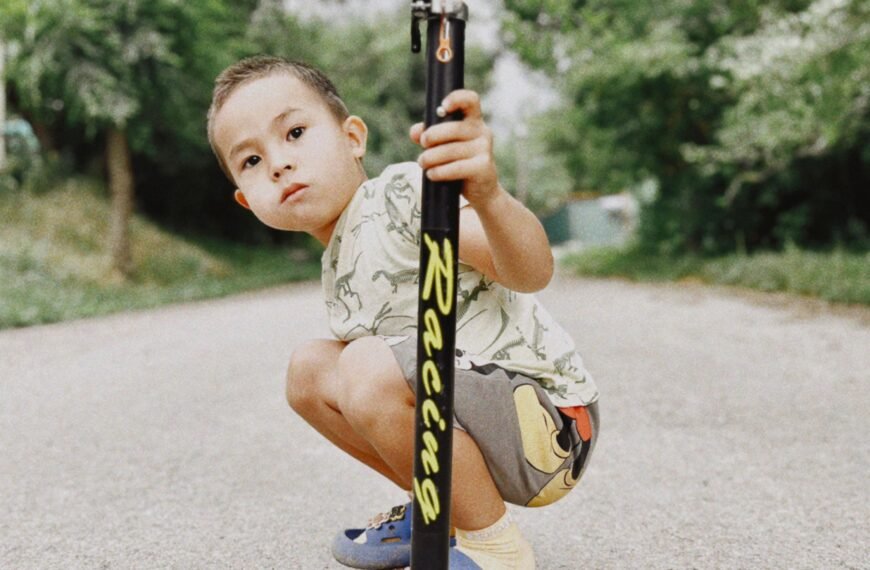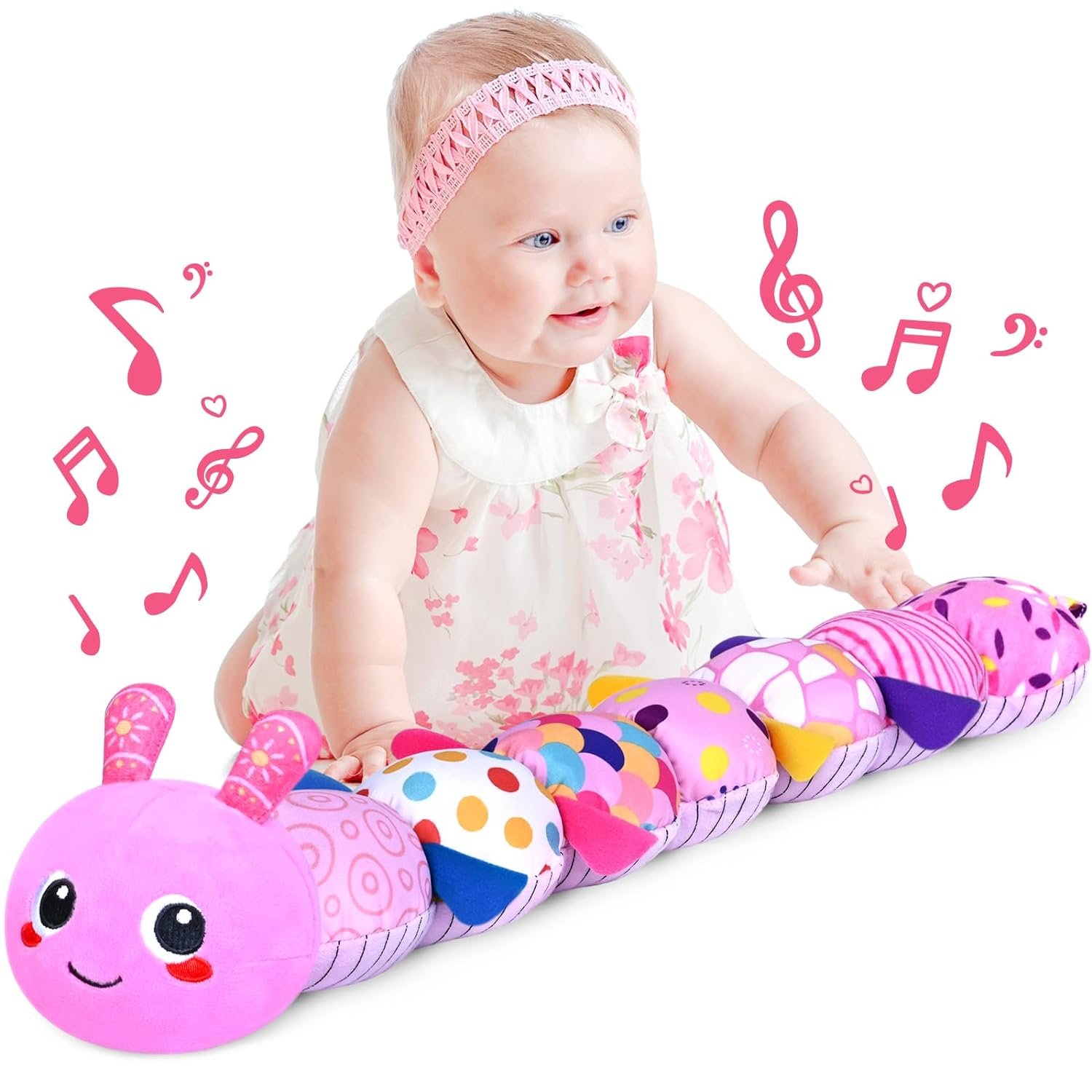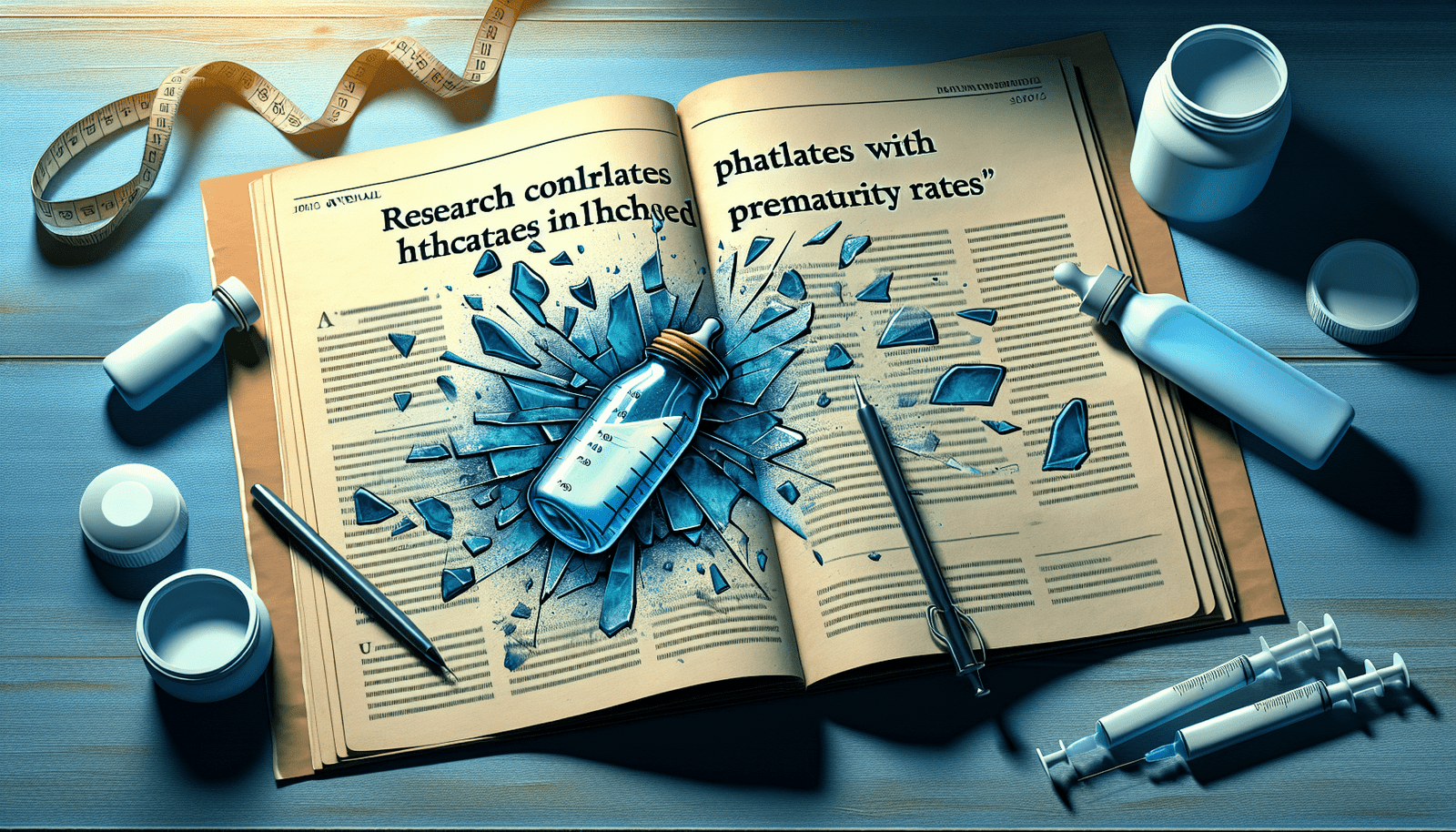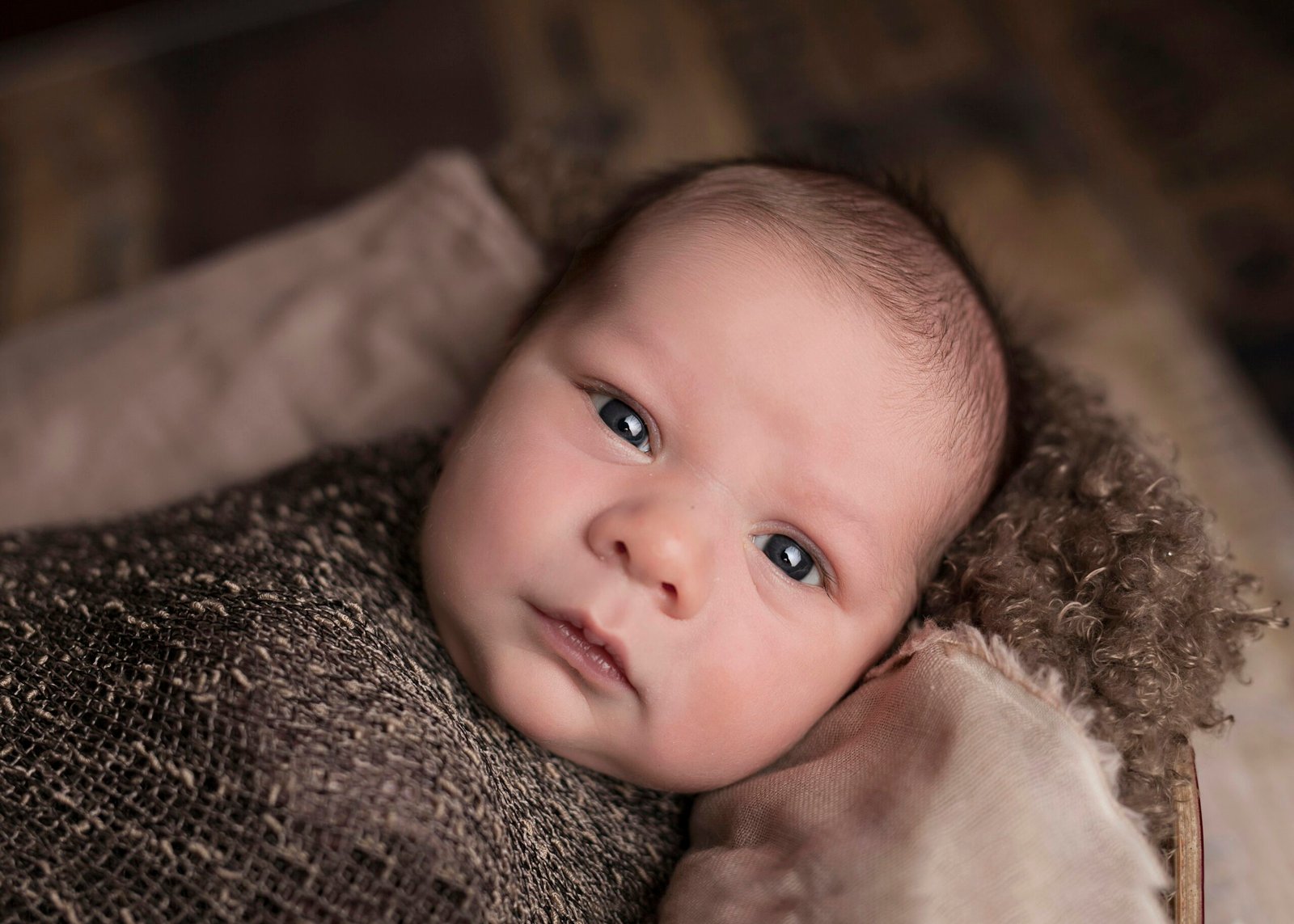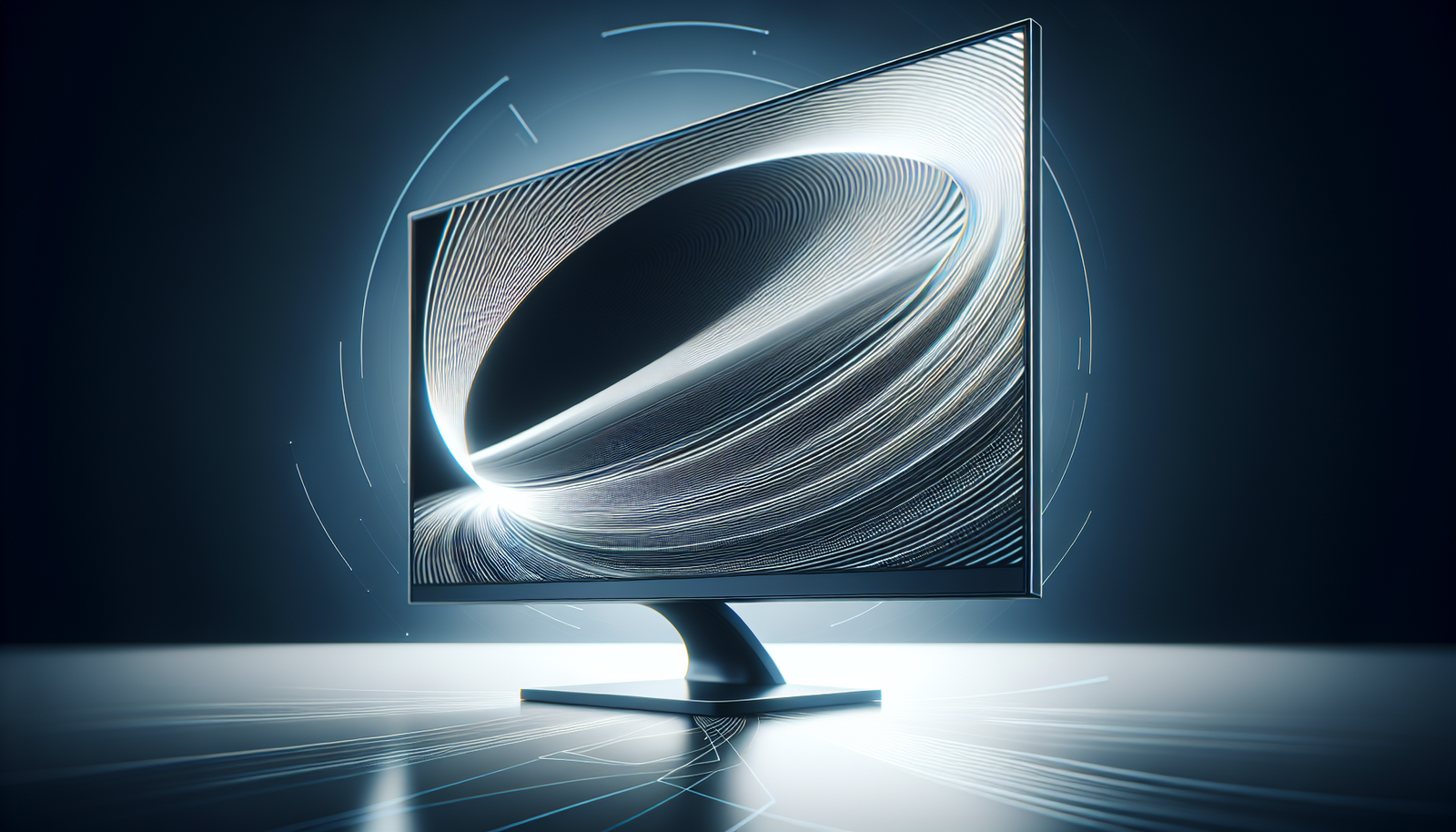In the hustle and bustle of daily life, keeping our little bundles of joy safe and healthy is always a top priority. And one essential aspect of this involves ensuring that their beloved toys are clean and germ-free. But with so many methods out there, it can be overwhelming to figure out the most effective ways to disinfect baby toys. Fear not! This article is here to guide you through easy and efficient ways to keep those toys squeaky clean, putting your mind at ease and allowing your baby to play to their heart’s content.
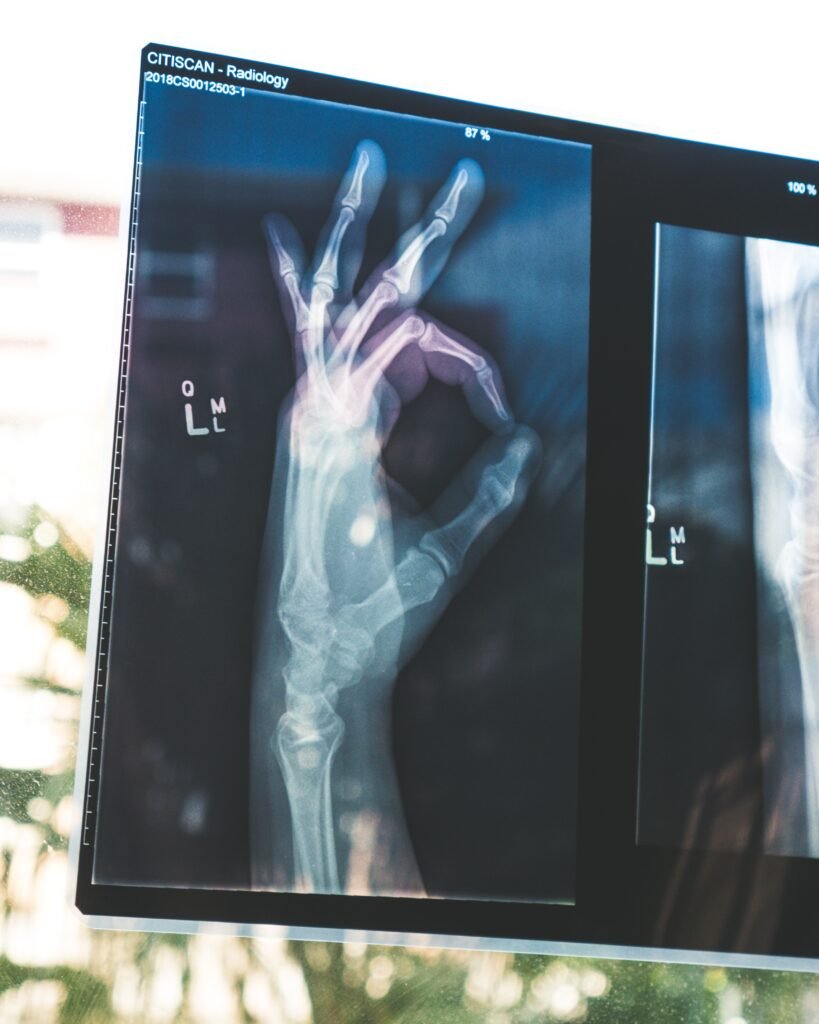
Check Baby Toys Guide & Review
Cleaning Baby Toys
When it comes to your baby’s toys, proper cleaning and disinfection are essential to ensure their safety and well-being. Babies are prone to putting toys in their mouths, which can expose them to bacteria, viruses, and other harmful germs. In order to effectively clean and disinfect baby toys, it’s important to follow the right methods and use appropriate products. In this comprehensive guide, we will walk you through the process of cleaning and disinfecting different types of baby toys, as well as provide some general cleaning tips.
Choosing the Right Cleaning Products
Before you start cleaning your baby’s toys, it’s important to choose the right cleaning products. Look for non-toxic, baby-friendly cleaning solutions that are free from harsh chemicals and fragrances. Avoid using bleach or other powerful disinfectants that can potentially harm your baby. Instead, opt for gentle cleansers or natural cleaning products that are safe for your little one.
Creating a Cleaning Solution
To clean your baby’s toys, you can create a simple and effective cleaning solution at home. One option is to mix equal parts of warm water and mild liquid soap. Alternatively, you can mix a solution of warm water and white vinegar. Vinegar has natural antibacterial properties and can be effective in killing germs on toys. Always test the solution on a small, inconspicuous area of the toy before applying it to the entire surface to ensure it doesn’t cause any damage.
General Cleaning Tips
When it comes to cleaning baby toys, there are a few general tips to keep in mind. First, always read the manufacturer’s instructions for cleaning and care. Some toys may have specific cleaning recommendations that you should follow. Second, remove any batteries or electronic components from toys before cleaning them. Submerging these parts in water can damage them. Third, use a soft cloth or sponge to gently scrub the toys, paying special attention to any crevices or hard-to-reach areas where dirt and bacteria may hide. Finally, rinse the toys thoroughly with clean water and allow them to air dry completely before giving them back to your baby.
Disinfecting Baby Toys
While cleaning removes dirt and debris from toys, disinfecting goes a step further by eliminating germs and bacteria. This is especially important for baby toys that are frequently handled and put in the mouth. There are different methods and products you can use to disinfect baby toys, depending on the materials they are made of.
Using Natural Disinfectants
If you prefer to use natural disinfectants, there are a few options available. One popular natural disinfectant is white vinegar. Simply mix equal parts of vinegar and water in a spray bottle and spritz it onto the toys. Let the solution sit for a few minutes, then wipe it off with a clean cloth or sponge. Another natural option is hydrogen peroxide. Create a mix of equal parts of hydrogen peroxide and water, and use it to wipe down the toys. Let the solution sit for a few minutes, then rinse the toys with clean water and allow them to air dry.
Using Chemical Disinfectants
If you prefer to use chemical disinfectants, there are several options available in the market. Look for disinfectant wipes or sprays that are specifically formulated for use on baby toys. Make sure to follow the manufacturer’s instructions regarding how long you should let the disinfectant sit on the toys before wiping them clean. It’s important to note that some chemical disinfectants may require rinsing the toys after disinfection, so read the labels carefully.
Disinfecting Soft Toys
Soft toys, such as plush animals or fabric dolls, require special care when it comes to disinfection. These toys can’t be submerged in water, so you’ll need to use a different method. One option is to use a fabric-safe disinfectant spray or wipe to thoroughly clean the surface of the toy. Pay extra attention to any stains or areas that come into direct contact with your baby’s mouth. You can also place the soft toys in a sealed plastic bag and put them in the freezer for a few hours to kill any germs. Make sure to wash the toys regularly to keep them clean and free from germs.
Disinfecting Plastic Toys
Plastic toys are relatively easy to disinfect. You can clean them by immersing them in a solution of warm water and mild soap or by using a disinfectant wipe. If the toy has any batteries or electronics, remove them before cleaning. Scrub the plastic toys gently with a soft cloth or sponge, making sure to clean all surfaces, including any crevices or joints. Rinse the toys thoroughly with clean water and allow them to air dry completely before giving them back to your baby.
Disinfecting Wooden Toys
Wooden toys are a popular choice for babies, but they require special care when it comes to cleaning and disinfection. Since wood is porous, it’s important to avoid using excessive moisture that can damage the toy. To disinfect wooden toys, wipe them down with a cloth dampened with a mild soap and water solution. Avoid soaking the toys or using harsh chemicals that can strip the wood’s finish. After cleaning, allow the toys to air dry completely before returning them to your baby.
Specific Toy Care
In addition to general cleaning and disinfection, certain types of baby toys require specific care and attention. Let’s take a look at how to clean and disinfect some common types of toys.
Cleaning Bath Toys
Bath toys can easily accumulate mold and mildew due to their exposure to water. To clean and disinfect bath toys, fill a basin or sink with warm water and mix in a small amount of mild liquid soap. Scrub the toys gently with a soft cloth or sponge to remove dirt and debris. If you notice any mold or mildew, use a toothbrush to scrub those areas carefully. Rinse the toys thoroughly with clean water and allow them to air dry completely. It’s a good idea to periodically check bath toys for signs of mold and replace them if necessary.
Disinfecting Teething Toys
Teething toys are often the most frequently put in the mouth by babies, making them a breeding ground for germs. To disinfect teething toys, start by cleaning them with warm water and mild soap. Pay special attention to any textured or grooved areas where bacteria can hide. You can also use a mixture of white vinegar and water to give them an extra boost of disinfection. After cleaning, rinse the toys thoroughly with clean water and allow them to air dry. It’s important to regularly inspect teething toys for any signs of wear or damage and replace them as needed.
Cleaning Stuffed Animals
Stuffed animals can become dirty and harbor germs over time. Some stuffed animals may be machine washable, while others may require hand washing. Check the care instructions on the label or packaging to determine the appropriate cleaning method. If the stuffed animal is machine washable, place it in a pillowcase or laundry bag to protect it and wash it on a gentle cycle with mild detergent. If hand washing is required, fill a basin or sink with warm water and mix in a small amount of mild liquid soap. Gently scrub the stuffed animal with a soft cloth or sponge, paying extra attention to any stains or soiled areas. Rinse the toy thoroughly with clean water, squeeze out excess water, and allow it to air dry completely.
Disinfecting Electronic Toys
Electronic toys can be a bit trickier to clean and disinfect due to their sensitive components. Before cleaning, always remove any batteries and electronic parts according to the manufacturer’s instructions. Wipe down the exterior of the toy with a cloth or sponge dampened with a mild soap and water solution. Be careful not to get any moisture inside the toy, as it can damage the electronics. For any hard-to-reach areas or crevices, use a cotton swab. After cleaning, allow the toy to air dry completely before reassembling and replacing batteries.
Cleaning Cloth and Fabric Toys
Cloth and fabric toys, such as soft books or sensory blankets, require regular cleaning to keep them hygienic and safe for your baby. The cleaning method will depend on the type of fabric and any specific care instructions provided by the manufacturer. Let’s explore two common cleaning methods for cloth and fabric toys.
Machine Washing
Many cloth and fabric toys can be safely cleaned in a washing machine. Before washing, always check the toy’s label or packaging for any specific instructions. If machine washing is recommended, place the toys in a pillowcase or laundry bag to protect them and prevent any small parts from getting damaged or lost. Set the washing machine to a gentle cycle and use mild detergent. Avoid using bleach or fabric softeners, as they can damage the toys or irritate your baby’s skin. Once the cycle is complete, remove the toys from the pillowcase or laundry bag and air dry them completely.
Hand Washing
For cloth and fabric toys that are not machine washable or have delicate parts, hand washing is the best option. Fill a basin or sink with lukewarm water and add a small amount of mild liquid soap. Gently agitate the toys in the soapy water, paying close attention to any stained or soiled areas. Rinse the toys thoroughly with clean water to remove any soap residue. Squeeze out excess water and lay the toys flat on a clean towel to air dry. Avoid wringing or twisting the toys, as this can distort their shape.
Drying and Storage Tips
Regardless of the cleaning method you choose, it’s important to allow cloth and fabric toys to air dry completely before giving them back to your baby. This will help prevent mold or mildew growth. Once dry, store the toys in a clean and dry area, away from direct sunlight. Avoid overcrowding the storage space to allow for proper air circulation. It’s a good idea to periodically inspect and wash cloth and fabric toys to ensure they remain clean and free from germs.

Preventing Contamination
Regular cleaning and disinfection of baby toys are important, but it’s equally crucial to adopt measures to prevent contamination in the first place. By implementing some simple practices, you can minimize the risk of germs and keep your baby’s toys clean and safe.
Regular Cleaning Schedule
Establishing a regular cleaning schedule for your baby’s toys is essential. Set aside dedicated time each week or month to clean and disinfect the toys thoroughly. Consistency is key to maintaining a hygienic and safe environment for your little one. By incorporating toy cleaning into your routine, it becomes a habit that you can easily follow.
Separating Toys
To prevent cross-contamination, consider separating your baby’s toys into different categories or groups. For example, you can have a separate set of bath toys, teething toys, and stuffed animals. This ensures that toys used in different environments or for different purposes do not come into contact with one another, reducing the spread of germs.
Disinfecting After Illness
When your baby is sick or has been in contact with someone who is ill, it’s important to take extra precautions to prevent the spread of germs. Clean and disinfect all toys that have been in close contact with your baby, paying special attention to items that are frequently mouthed or touched. This includes teething toys, stuffed animals, and any toys shared with other children.
Toys for Babies Under 3 Months
For babies under 3 months old, it’s important to be extra cautious when cleaning and disinfecting their toys. At this age, babies have a weaker immune system and may be more susceptible to the harmful effects of certain cleaning agents. Avoid using chemical disinfectants that contain strong chemicals or fragrances that can irritate your baby’s delicate skin. Instead, opt for simple cleaning methods such as using warm water and mild soap. Regularly wash and rinse toys that come into contact with your baby’s mouth to keep them clean and safe.
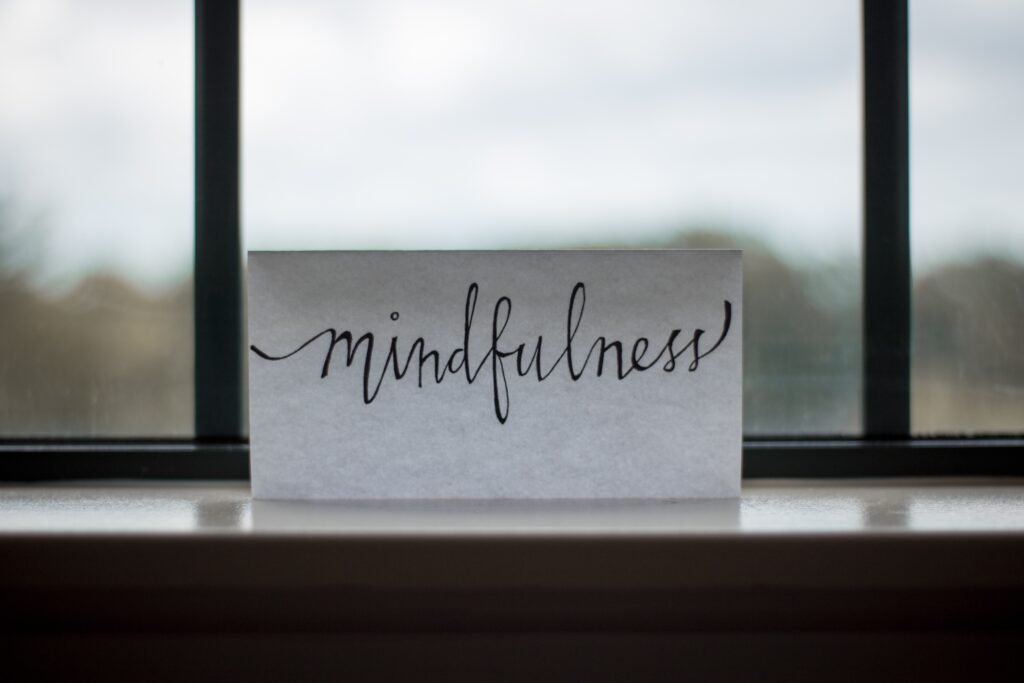
Using Dishwasher for Disinfection
The dishwasher can be a convenient and efficient way to disinfect baby toys, particularly those made of plastic or silicone. However, not all toys are dishwasher safe, so it’s important to check the manufacturer’s instructions before proceeding.
Suitable Toys for Dishwasher
Toys that are dishwasher safe are typically made of sturdy, non-porous materials such as hard plastic or silicone. Look for toys that are labeled as dishwasher safe or are made from materials that can withstand high temperatures and water pressure. Avoid putting toys with batteries, electronics, or delicate parts in the dishwasher, as they can get damaged.
Preparing Toys for Dishwasher
Before placing the toys in the dishwasher, remove any batteries, electronic components, or detachable parts according to the manufacturer’s instructions. Give the toys a thorough pre-rinse to remove any visible dirt or debris. Arrange the toys in the dishwasher rack, making sure they are spaced out and not overcrowded. This allows the water and detergent to reach all surfaces of the toys during the wash cycle.
Ensuring Proper Disinfection
To ensure proper disinfection, select a high-temperature cycle and avoid using the “sanitize” option if available. The hot water and detergent in the dishwasher will help kill germs and bacteria on the toys. Once the cycle is complete, allow the toys to air dry completely before giving them back to your baby. It’s a good idea to periodically inspect the toys for any signs of wear or damage after dishwasher cleaning.
Homemade Toy Disinfectant Recipes
If you prefer to make your own toy disinfectant solutions at home, there are a few recipes you can try. These homemade remedies are simple, effective, and use common household ingredients.
White Vinegar Solution
White vinegar is a natural disinfectant that can be used to clean and disinfect baby toys. To make a white vinegar solution, mix equal parts of white vinegar and water in a spray bottle. Spritz the solution onto the toys, allowing it to sit for a few minutes before wiping it off with a clean cloth or sponge. This solution is safe for most types of toys and helps kill germs without the use of harsh chemicals.
Hydrogen Peroxide Solution
Hydrogen peroxide is another natural disinfectant that can be used to clean baby toys. Create a solution by mixing equal parts of hydrogen peroxide and water. Apply the solution to the toys using a clean cloth or sponge, making sure to cover all surfaces. Let it sit for a few minutes, then rinse the toys thoroughly with clean water to remove any residue. This solution is effective in killing germs and bacteria on toys.
Baking Soda Paste
Baking soda is a versatile household ingredient that can be used to create a paste for cleaning and disinfecting baby toys. Mix baking soda with a small amount of water to form a paste-like consistency. Apply the paste to the toys, focusing on any stained or soiled areas. Use a soft cloth or sponge to gently scrub the toys, then rinse them thoroughly with clean water. The baking soda paste helps remove dirt and grime while also deodorizing the toys.
Disinfecting Battery-Operated Toys
Battery-operated toys can be a bit more challenging to clean and disinfect due to their electronic components. However, with proper care and attention, it’s possible to safely disinfect these toys and prevent any damage.
Removing Batteries
Before cleaning or disinfecting battery-operated toys, always remove the batteries or electronic components according to the manufacturer’s instructions. This will prevent any water or cleaning solutions from coming into contact with the sensitive electronic parts.
Cleaning Exterior
To clean the exterior of battery-operated toys, use a mild soap and water solution and a soft cloth or sponge. Gently wipe down all surfaces, paying special attention to any areas that come into direct contact with your baby’s mouth. Avoid using excessive moisture, as it can damage the electronics. For any hard-to-reach areas or crevices, use a cotton swab or a soft toothbrush.
Avoiding Damage to Electronics
To avoid damaging the electronics of battery-operated toys, it’s important to avoid submerging them in water or using harsh chemicals. Before disinfecting, always refer to the manufacturer’s instructions for cleaning and care. Some toys may provide specific recommendations on how to safely clean the electronic components. If in doubt, it’s best to err on the side of caution and seek advice from the manufacturer or a professional toy cleaning service.
Professional Toy Cleaning Services
If you prefer to leave the cleaning and disinfection of your baby’s toys to the professionals, there are professional toy cleaning services available. These specialized services can provide a thorough and comprehensive cleaning that meets industry standards and ensures the safety of your baby.
Researching Trusted Services
When considering professional toy cleaning services, it’s important to do your research and choose a trusted and reputable provider. Look for companies that specialize in cleaning baby toys and have experience in handling a variety of toy materials. Read reviews and testimonials from previous customers to get an idea of their service quality and customer satisfaction.
Benefits of Professional Cleaning
Professional toy cleaning services offer several benefits. Firstly, they have the expertise and knowledge to properly clean and disinfect different types of toys, taking into consideration their materials and safety requirements. Secondly, they use commercial-grade cleaning products and equipment that are effective in killing germs and bacteria. Additionally, professional cleaning can often extend the lifespan of toys by removing dirt, stains, and odors.
Ensuring Toy Safety
When choosing a professional toy cleaning service, it’s important to ensure that they prioritize toy safety. Inquire about their cleaning methods, products used, and if they follow industry standards for toy cleaning. Ask them about their disinfection process and how they handle different types of toys. A reputable service will be transparent and happy to answer your questions.
In conclusion, keeping your baby’s toys clean and disinfected is an important part of ensuring their safety and well-being. By following the proper cleaning and disinfection methods outlined in this comprehensive guide, you can effectively remove dirt, germs, and bacteria from your baby’s toys. Whether you choose to clean them yourself at home or opt for professional toy cleaning services, regular maintenance and care will help keep your baby’s toys hygienic and safe to play with. Remember to always prioritize your baby’s health and safety when it comes to cleaning and disinfecting their toys.






